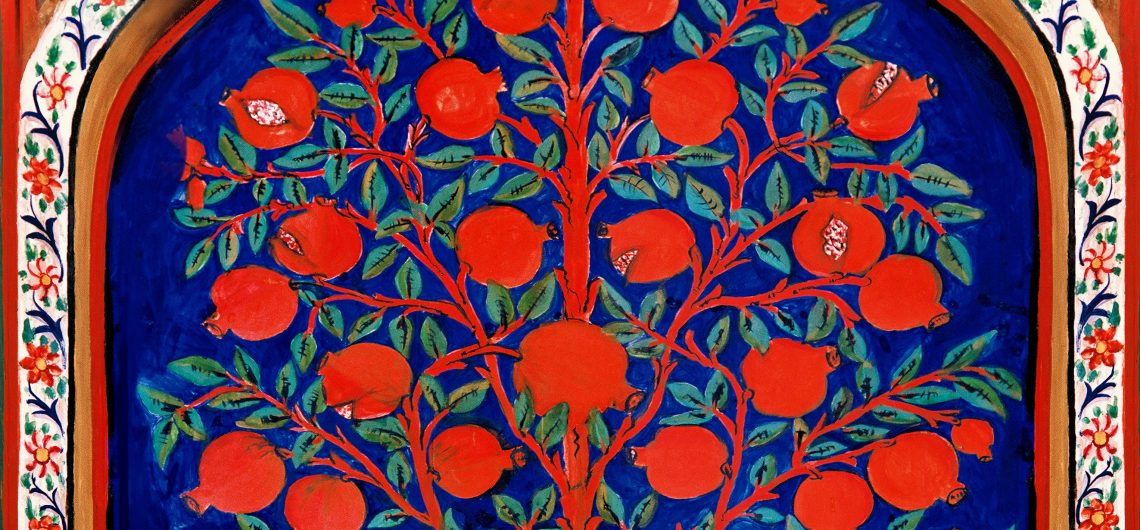Tree of Life
For thousands of years people across the world have been inspired by the Tree of Life. History of the Turkish flora is varied and mythical. Also called the tree of knowledge, tree of immortality or the world tree it is believed to connect heaven and the underworld and all living creations.
One of the oldest references of the sacred tree comes from Babylonia. Records dated from as early as 3,000BC depict that the tree had been situated at mouth of the Euphrates River. The roots of the tree extended into the watery underworld which was guarded by Ea, the god of wisdom. He produced the water necessary for the agriculture of the region. The branches of the tree reached up to heaven and the trunk supported the life on earth. 
The tree of life appears many times in the Old Testament of the Bible and also in the New Testament.
The tree first appeared in Genesis as the source of eternal life in the Garden of Eden. It also appears in the last book of the Bible, the Book of Revelation, as part of the new garden of paradise. Revelation 22 begins with a reference to the “pure river of water of life” which proceeds “out of the throne of God”. The river seems to feed two trees of life, one “on either side of the river” which “bear twelve manner of fruits” “and the leaves of the tree were for healing of the nations”.
Persian mythology, centered around a large, sacred tree which bore all the seeds necessary for all trees to grow on earth. Ahriman, who was the source of all of the evil in the world, sent a frog to destroy the tree. To protect the sacred tree, the god Ahura Mazda, the source of all that was good, created two fish to stare at the frog, always ready to stop it.
The “Tree of Immortality” is the tree of life motif as it appears in the Quran. It is also mentioned in hadiths and tafsir. The Quran speaks of only one tree in the Garden of Eden. This is also called the tree of immortality, which Allah specifically forbade Adam and Eve to eat from. Satan, disguised as the serpent, repeatedly tried to tempt Adam to eat from the tree. Eventually Adam and Eve succumbed to the temptation, thus disobeying Allah.

The ancient Armenians saw the tree of life as a religious symbol that was used to protect soldiers in battle. The tree would be drawn on fortress walls and on soldier’s uniforms. The tree was always depicted as symmetrical with its branches extending in equal numbers either side of the trunk.
The tree of life and the Turks
The tree of life is commonly found in Turkish mythology. The tree symbolizes the “rebirth, growth and development of the Turkic peoples.”

In the 17th century, the people of the North Caucasus would gather around a large tree, light candles and perform rituals. Reputedly this tree had grown from a piece of the Tuba tree. The Quran says that the Tuba tree is ‘a tree in Paradise whose width is a hundred years, and the clothes of the people of Paradise are made from its bark’. It had been sent from God to the angel Gabriel. Even though the people were Muslim they still worshiped this sacred tree.
The tree of life continues as a motif today because of its deep religious significance. In Turkey the tree of life is often woven into prayer kilims, large carpets and painted onto tiles. It is also used in jewelry and there is even a Tree of Life festival, held annually in Izmir.


Comments